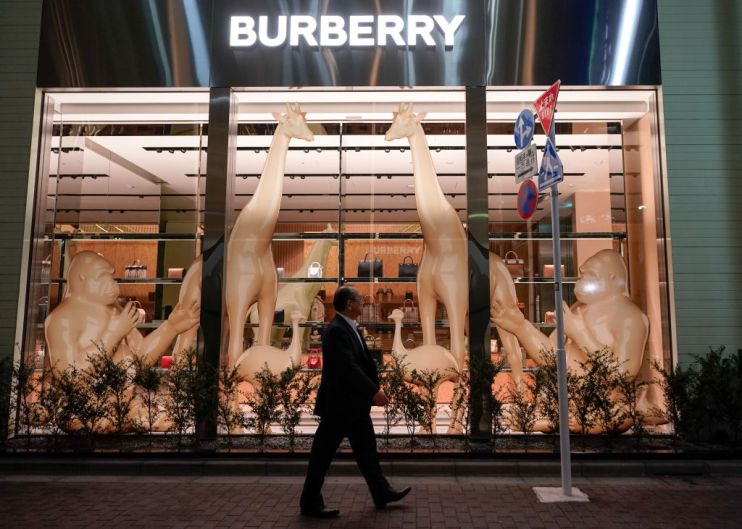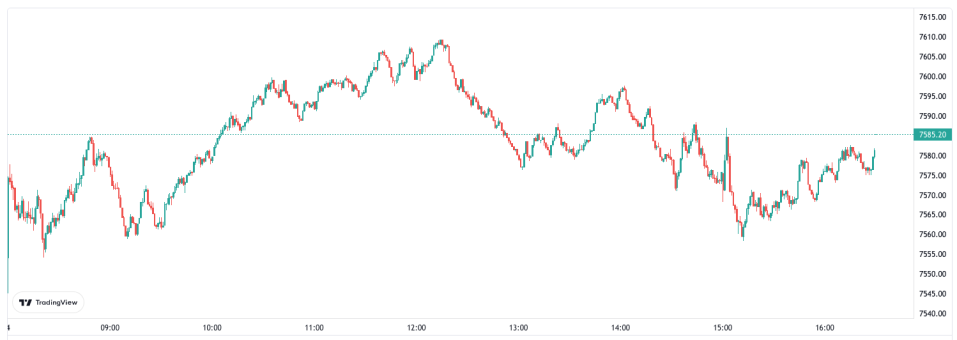FTSE 100 jumps as China zero Covid u-turn sends investors pouring into Burberry

The prospect of a rebound in Chinese tourism after Beijing dismantles its tough zero-Covid policy has sent luxury fashion firm Burberry to near top of the FTSE 100 today.
The more than five per cent share price kick helped drag London’s FTSE 100 index up 0.41 per cent to 7,585.20 points. The gain extends yesterday’s more than one per cent rally.
Meanwhile the domestically-focused mid-cap FTSE 250, which is more aligned with the health of the UK economy, climbed 1.34 per cent to close at 19,391.07 points.
FTSE 100 closed higher today

Burberry sources a large chunk of its income from Chinese tourists who travel around the world snapping out their premium products.
The checkered trenchcoat maker also has a large footprint in the country, meaning investors tend to pour into the company when demand prospects in China rise.
Beijing is in the process of gradually rolling back its tough reaction function – launching snap blanket lockdowns to tame virus cases – to the pandemic.
Positive China economic data out this morning also indicated consumers could unleash a wave of spending in the coming months.
“Commodity stocks like Glencore, BP, Shell, and Centrica are languishing at the bottom on the back of weaker oil and gas prices,” Victoria Scholar, head of investment at interactive investor said.
BP and Shell tumbled more than three per cent apiece.
Oil prices shed more than four per cent today, likely due to a stronger US dollar making it more expensive to buy the resource. Demand for oil looks set to recede amid a global economic slow down.
Middle-class favourite and online supermarket Ocado topped the FTSE 100 today, surging more than nine per cent, partly arresting last year’s decline caused by investors ditching the stock after households returned to physical supermarkets following the end of Covid-19 restrictions.
The pound strengthened nearly one per cent against the US dollar, while the yield on the 10-year UK gilt fell around 16 basis points. Yields and prices move in opposite directions.